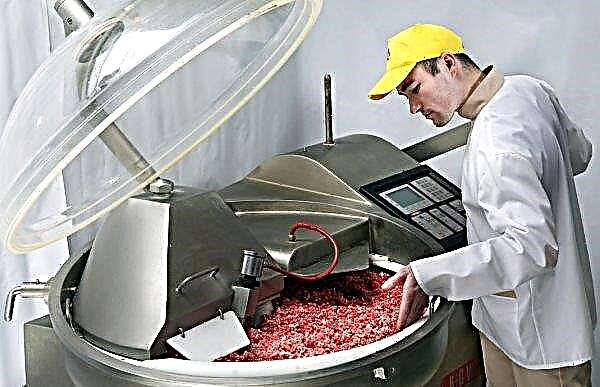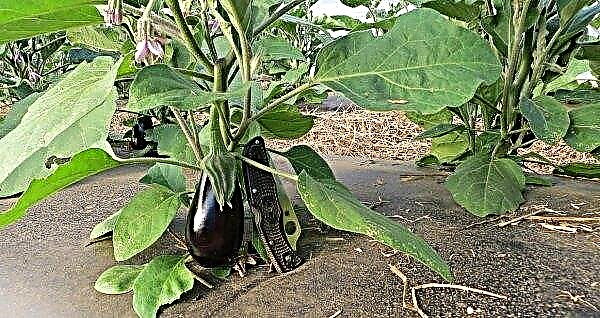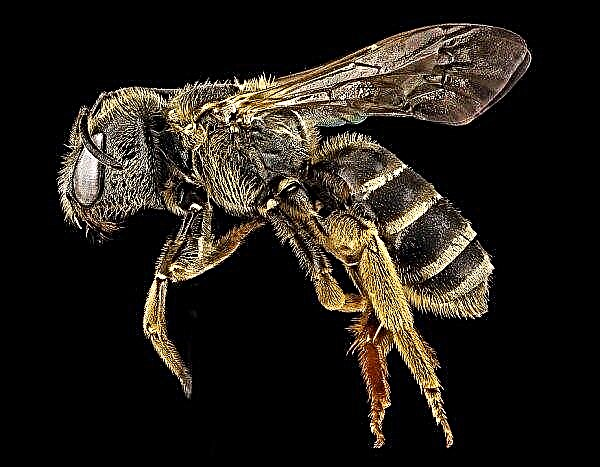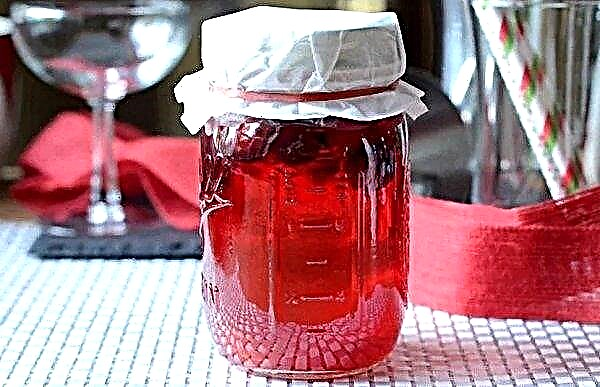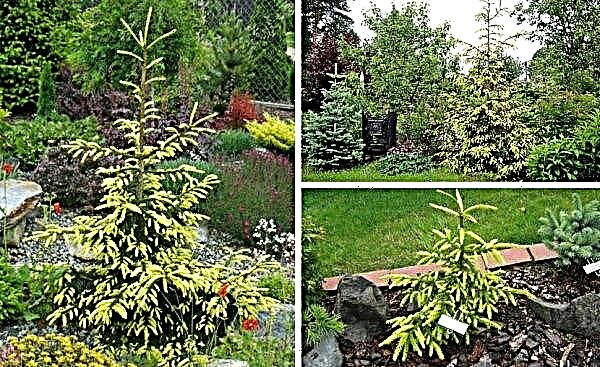In the world there are a large number of different types of flowers under the general name orchids. But only one, blue, expressively stands out from this family of exotic plants with its unusual shade. Today we will talk about this flower in more detail.
Is there a blue orchid in nature
Looking at this flower, many people think about whether there is such a splendor in nature. The diverse color of orchids is often perceived as an exotic fad of nature, an outlandish, but still natural tone of the plant.
Alas, blue orchids do not occur in nature. In their original form they do not exist. And the reason for this is the lack of a plant's genes staining its petals in blue.
Blue orchids or phalaenopsis (as the most common species are called) are ordinary orchids into which a special dye is injected or which are simply painted using the watering method.
In nature, you can find single species of orchids, only slightly similar to blue, blooming with an ashy or light azure hue.
Origin and description of the flower
For the first time this orchid of an unusual blue hue was presented in 2011 at an exhibition of tropical plants in the state of Florida (USA). Three months later, in the Netherlands, at a flower contest, Geest Orchideeën introduced its blue phalaenopsis called Phalaenopsis Royal Blue.
In both the first and second cases, the manufacturers said that in order to obtain a blue color, the phalaenopsis was specially processed using harmless technology, the details of which are a commercial secret. In other words, it was just an element of marketing.
However, in 2013, the Royal Phalaenopsis Aphrodite (blue phalaenopsis), first obtained by crossing, was introduced by scientists from Japan at the Flora Holland flower contest in Okinawa. The Japanese introduced the blue gene of the flower of the commelin, growing in Asia, into the orchid of the species Aphrodite. The main distinguishing features of the blue orchid are the rich blue hue of the petals and the abundance (over 25 pieces) of medium-sized flowers on the stem.
Unfortunately, neither Phalaenopsis Aphrodite nor Phalaenopsis Royal Blue can be found on sale. These are exclusively exhibition copies. In stores you can buy only colored flowers.Did you know? The orchid family has over 30 thousand species, and this is 10% of all species of world plants.
Tips for choosing a plant in the store
Before you go shopping for this unusual orchid, it is very important to familiarize yourself with some recommendations for its correct choice, which, in turn, will help extend the life and beauty of the flower. Buying phalaenopsis is preferable at specialized sales exhibitions. There are plants selected according to more stringent criteria than in ordinary stores.
Directly when choosing a flower, it is recommended:
- Pay attention to the color of the stem and leaves. If a clear blue tint is noticeable, this indicates that too much coloring material has been introduced into the plant.
- Consider the stem, peduncle and flowers. There should be no signs of an injection on the stem. Otherwise, the flower will soon die, since the dye should only be introduced into the peduncle. Unbroken flower stalk buds are a sign of long flowering in the future.
- Visually inspect the root system of the plant. It should be healthy, clean, without fungal and mold symptoms. The detected dots and spots will indicate that the plant is affected by harmful insects.
- Pay attention to the soil: it should not contain musty, putrefactive and chemical odors.
- Ask about the age of the submitted plant. The young flower does not bloom right away.
Did you know? The smallest flower of an orchid of the species Platystele jungermannioides is only 1 mm in diameter.
What you need to do immediately after buying a blue orchid
If all recommendations are followed when choosing a plant, then for the first time after acquiring a flower, nothing special should be done, just watch it carefully.
If the phalaenopsis maintains its normal appearance and only with time the artificial color is lost - everything is in order with the orchid, and there is no reason for concern.
In the case where a noticeable rapid wilting of the flower is necessary, its transplantation is necessary. The algorithm for plant transplantation will be discussed below.
Optimal conditions
In order for the blue orchid to please its beauty and unusualness for as long as possible, it needs to create the proper conditions. Consider the basic requirements:
- Temperature. It should vary in the range of + 18 ... + 25 ° С. In summer, it may increase to + 35 ° C, but only for a short time. In winter, it is allowed to lower the temperature to + 12 ° C, but for a short period, and when the temperature drops to + 10 ° C and lower, the orchid may freeze.
- Lighting. Direct sunlight should not be allowed on the flower. In the afternoon, it is better to obscure it. In winter, to increase daylight hours to 10-12 hours, additional lighting is required.
- Humidity. Optimal - 50–70%. Careful spraying of the flower is recommended, but water should not accumulate in the axils of the leaves. Overmoistening or drying out of the soil should not be allowed.
Home Care
Blue orchid belongs to those plants that need special care at home.
Location
When choosing the location of the phalaenopsis, the illumination of the room must be taken into account.
Consider where it is better to place a pot with a flower, and where it is better not to put it:
- East window. The flower will be comfortable here from May to September, and if it stays here for the winter, additional lighting will be required.
- North window. If phalaenopsis is placed here, then you will have to take care of year-round artificial lighting.
- Western window. The most optimal place with ample sunlight.
- South window. The orchid in this place will be fine, but it will remain in a state of active growth all the time and may get sick, burns on the leaves are not excluded, so good shading will be required.

Watering and feeding
There are two ways to water these plants. You can partially immerse the pot in water at room temperature for 15-30 minutes, in this case the plant itself will absorb the amount of liquid it needs. The second way is to use a warm shower with a small pressure of water or a watering can.
As for feeding, it is recommended to use a special fertilizer for orchids, which is sold in specialized stores.Important! Before watering, make sure the substrate is dry. Excessive moisture will cause rotting of the roots of the plant.
The first feeding is done a few months after the appearance of phalaenopsis in the house. The time interval between dressings is 4 weeks. A prerequisite is that the soil must be moist, otherwise the roots will burn.
Pruning
Usually this procedure is performed when the flower begins to drop buds. By this action, the plant signals that it cannot cope with the dose of dyes and that it needs emergency help. The flower stalk with blue inflorescences is cut off - there is the highest concentration of toxic substances. The resulting wound at the cut site is sprinkled with ash.
Transplanting to another pot
There is no need to rush to transplant a flower. A blue orchid is transplanted if its root system is damaged or the soil has become unsuitable. A planned transplant is carried out after the orchid fades, further transplants are carried out at intervals of 2-3 years.
The transplant technology is as follows:
- Prepare a new substrate.
- Carefully remove the plant from the pot.
- Gently rinse the roots in warm water.
- Remove all unhealthy root and aerial parts.
- Sprinkle slice with ash, charcoal or ground cinnamon.
- If the flower remains in the same pot, the container should be washed well and treated with a solution of manganese.
- Cover the bottom of the pot with a layer of expanded clay drainage (2-3 cm). Top with 1/3 of the prepared substrate and vertically set the plant. Then fill the flower with the rest of the soil.
Important! There should be drainage holes in the bottom or walls of the pot for oxygen to access the root system of the plant and remove excess moisture.
Seasonal Features
Home conditions of phalaenopsis are very different from natural, relatively constant. The change of seasons makes its seasonal adjustments in the care of a blue orchid.
In the summer period, the soil should not be allowed to dry out, it is necessary to spray the plant regularly, to prevent direct sunlight from getting on the flower, and also to prevent the plant from being in the zone of elevated temperature.

In the autumn-winter season, the flower needs additional illumination while reducing watering.
What to do if a painted orchid loses color
This is a normal phenomenon, indicating the healthy state of the orchid. Petals can acquire a purple hue, their brightness may fade or light spots may appear.
This means that the orchid returns to its natural state: from blue to white. This process can be slowed down by moving the orchid pot to a place where the lighting is less intense. Or you can try to water with dyes, but in this case there is a risk of ruining the plant with your own hands.
Blue Orchid Disease
The introduction of a coloring matter is already a stress for the orchid, the plant becomes weakened and more susceptible to disease, therefore, at the first signs of the disease, treatment of the flower should be started immediately.
Consider the main diseases of phalaenopsis and methods for their treatment:
- Bacterial spotting. Appears on the leaves: they turn yellow, can darken, spots or sores appear on them. It is treated by treatment with fungicides, as well as the removal of diseased leaves.

- Powdery Mildew Symptoms: white plaque, drying of the affected areas. The treatment method is treatment with “Skor” or “Topsin-M” preparations.

- Sooty fungus. It appears in black plaque. Treatment - treatment with the preparations "Mikosan", "Ridomir", "Topsin-M".

- Rot. Symptoms: root and leaf softening, the occurrence of rot. As a treatment, trimming of rotten areas, transplanting a flower into another container with soil replacement, and fungicide treatment is recommended.

Blue orchid will be one of the most beautiful decorations in your collection of home flowers. With proper care, she is able, with her unusual appearance, to give joy to you and your household for a long time.





